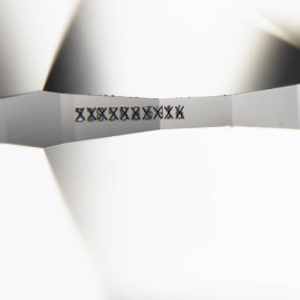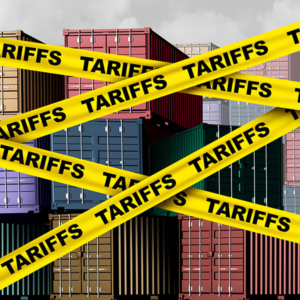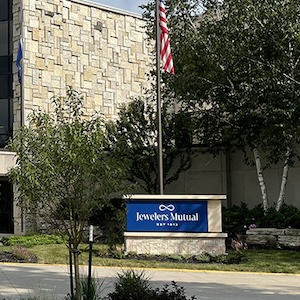
The GIA says it’s seen more instances of lab-grown diamonds bearing phony inscriptions linked to reports for natural gems—and that the crooks are getting better at their craft.
On Monday, the lab announced that not only has it witnessed an increase in synthetics with counterfeit inscriptions indicating they were natural, but it has also noticed an alarming new twist: The lab-growns had qualities and measurements that almost exactly mimicked the natural diamonds that received the original reports from GIA.
“This kind of deception isn’t new,” says Tom Moses, GIA executive vice president and chief laboratory and research officer. “We have seen it with YAG and cubic zirconia. It’s just the material and efficiency has changed.
“What seems to be occurring with more frequency is people are being very careful in making the copy as close to the original as possible,” he says. “So if you take a look at the report data and you take a look at the stone, look at the color, look at the proportions, the girdle thickness, and put it on the scale, you’ll find they are virtually the same. [The cheaters] are being extremely careful at finding matches for material that mimics the natural diamond.”
Moses thinks the submitters sometimes hope to fool the lab and get a new, more sellable report. However, GIA says it can identify all lab-grown diamonds.
In one recent instance, someone tried to pass off a 3.075 ct. H VVS lab-grown diamond, measuring 9.39–9.41 mm x 5.76 mm with a triple excellent make, as a 3.078 ct. G internally flawless natural diamond measuring 9.33–9.38 mm x 5.74 mm with a triple excellent make. Those diamonds have a several-thousand-dollar difference in value, yet “at first glance, they look almost identical,” Moses says.
Some of these diamonds were submitted from Hong Kong. If a client submits diamonds such as these repeatedly, GIA will ban them and notify law enforcement.
“If it happens more than once, then we believe the client knows more than they are admitting,” Moses says.
So what should the trade do? “It goes back to basics. Know your seller and make sure you have the proper information,” Moses says.
In some cases, lab-grown diamonds have bluish, grayish, or brownish tinges—due to treatments or boron doping—which could be a possible clue, though Moses notes some natural diamonds have tinges, too.
“It isn’t always such a red flag that most people would notice it,” he says.
For extra peace of mind, there are a number of lab-grown diamond detectors on the market, including some sold by GIA. The lab also offers a low-cost update and verification services to both the trade and the public.
Moses says that GIA is also working on a “imaging system where a dealer could take the captured image of the diamond and send it to the cloud and, using artificial intelligence and algorithms, we would be able to say, ‘Yes, that is the diamond that we graded,’ or ‘No, that is not the diamond we graded.’ I believe that will essentially make this issue go away.”
In other words, stay tuned…but in the meantime, stay vigilant.
Top: A GIA lab-grown inscription (photo courtesy of GIA)
- Subscribe to the JCK News Daily
- Subscribe to the JCK Special Report
- Follow JCK on Instagram: @jckmagazine
- Follow JCK on X: @jckmagazine
- Follow JCK on Facebook: @jckmagazine






